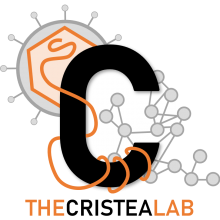Recurrent, Activating Variants in the Receptor Tyrosine Kinase DDR2 Cause Warburg-Cinotti Syndrome
Type
We have investigated a distinct disorder with progressive corneal neovascularization, keloid formation, chronic skin ulcers, wasting of subcutaneous tissue, flexion contractures of the fingers, and acro-osteolysis. In six affected individuals from four families, we found one of two recurrent variants in discoidin domain receptor tyrosine kinase 2 (DDR2): c.1829T>C (p.Leu610Pro) or c.2219A>G (p.Tyr740Cys). DDR2 encodes a collagen-responsive receptor tyrosine kinase that regulates connective-tissue formation. In three of the families, affected individuals comprise singleton adult individuals, and parental samples were not available for verification of the de novo occurrence of the DDR2 variants. In the fourth family, a mother and two of her children were affected, and the c.2219A>G missense variant was proven to be de novo in the mother. Phosphorylation of DDR2 was increased in fibroblasts from affected individuals, suggesting reduced receptor autoinhibition and ligand-independent kinase activation. Evidence for activation of other growth-regulatory signaling pathways was not found. Finally, we found that the protein kinase inhibitor dasatinib prevented DDR2 autophosphorylation in fibroblasts, suggesting an approach to treatment. We propose this progressive, fibrotic condition should be designated as Warburg-Cinotti syndrome.

